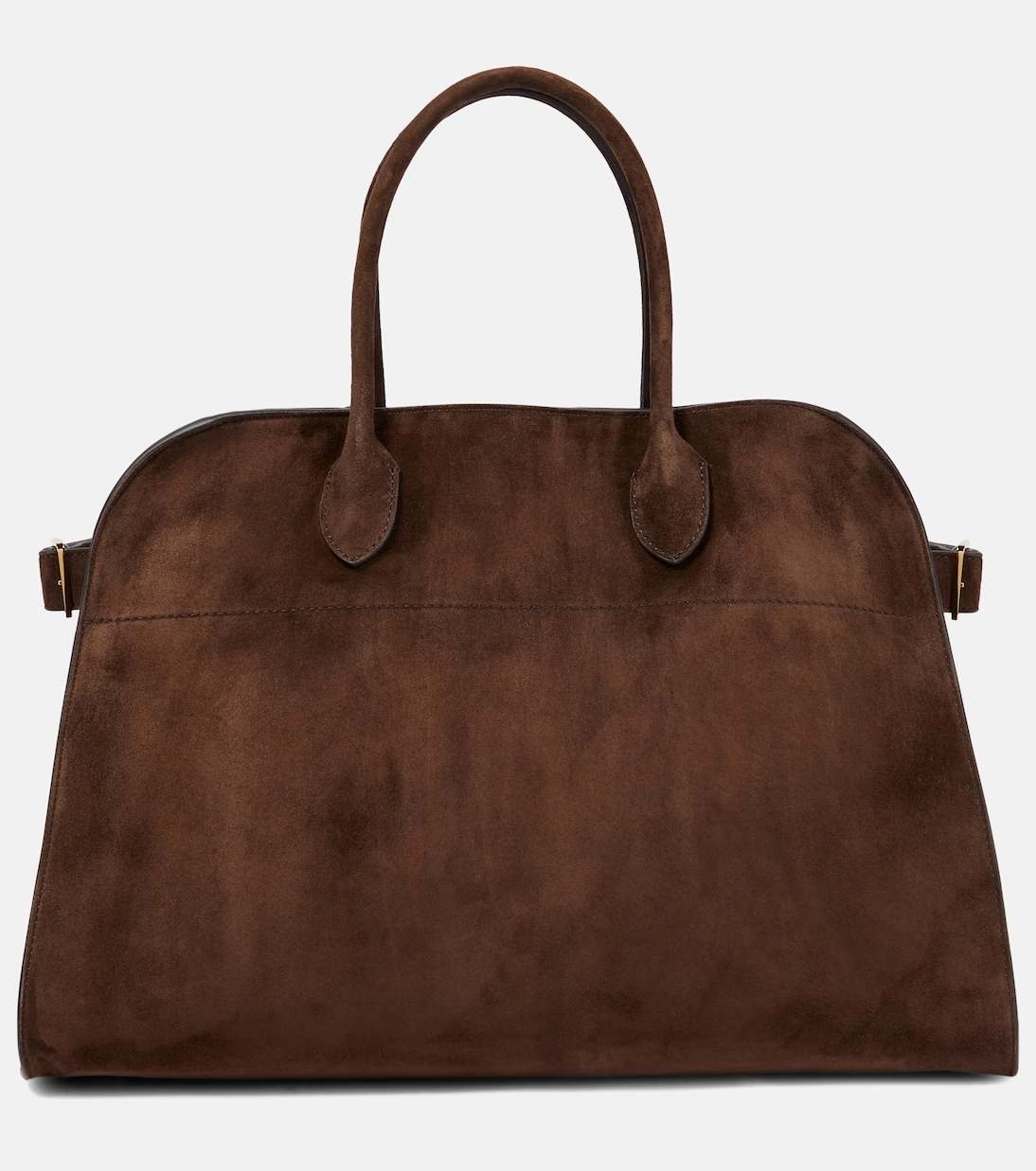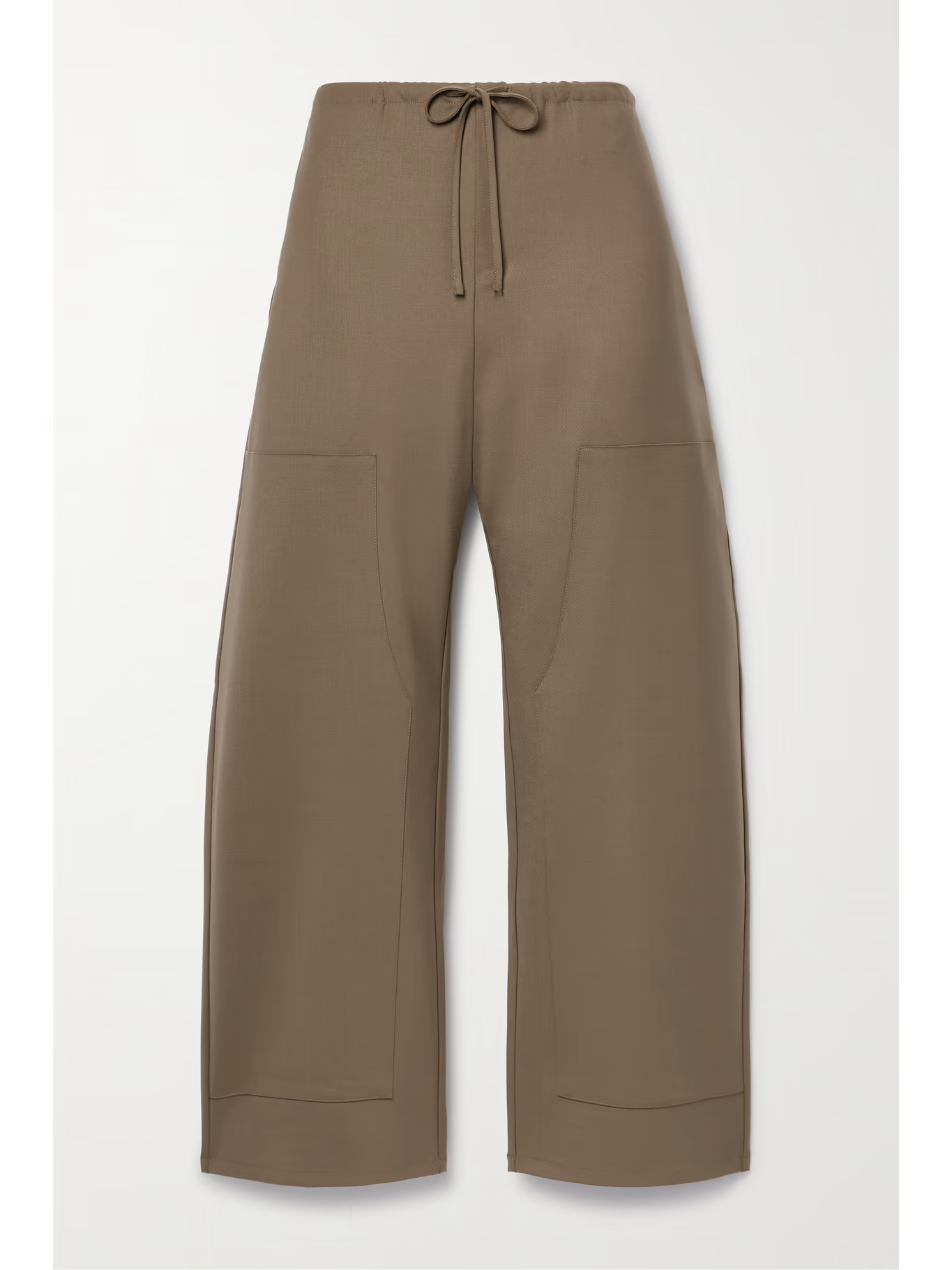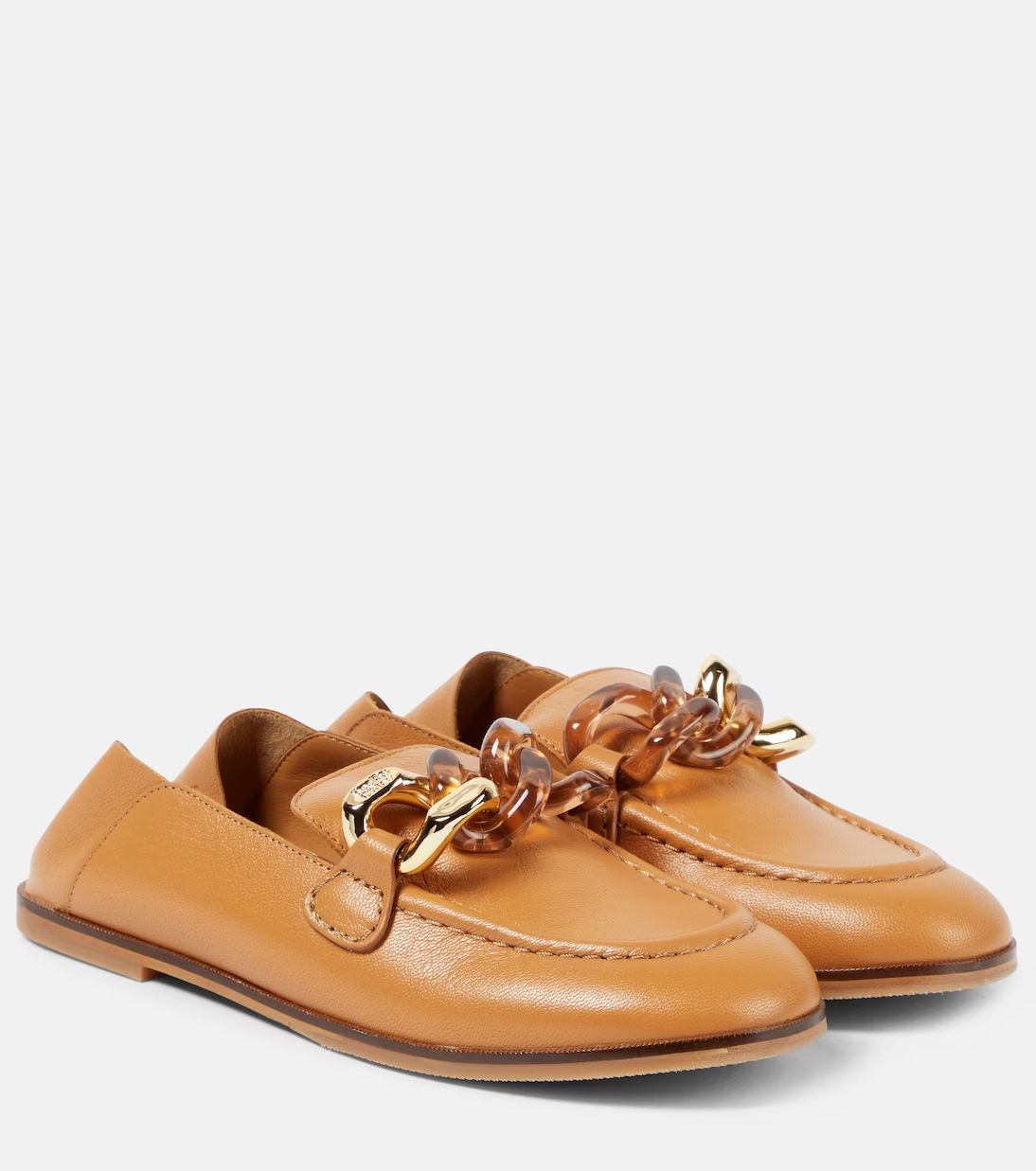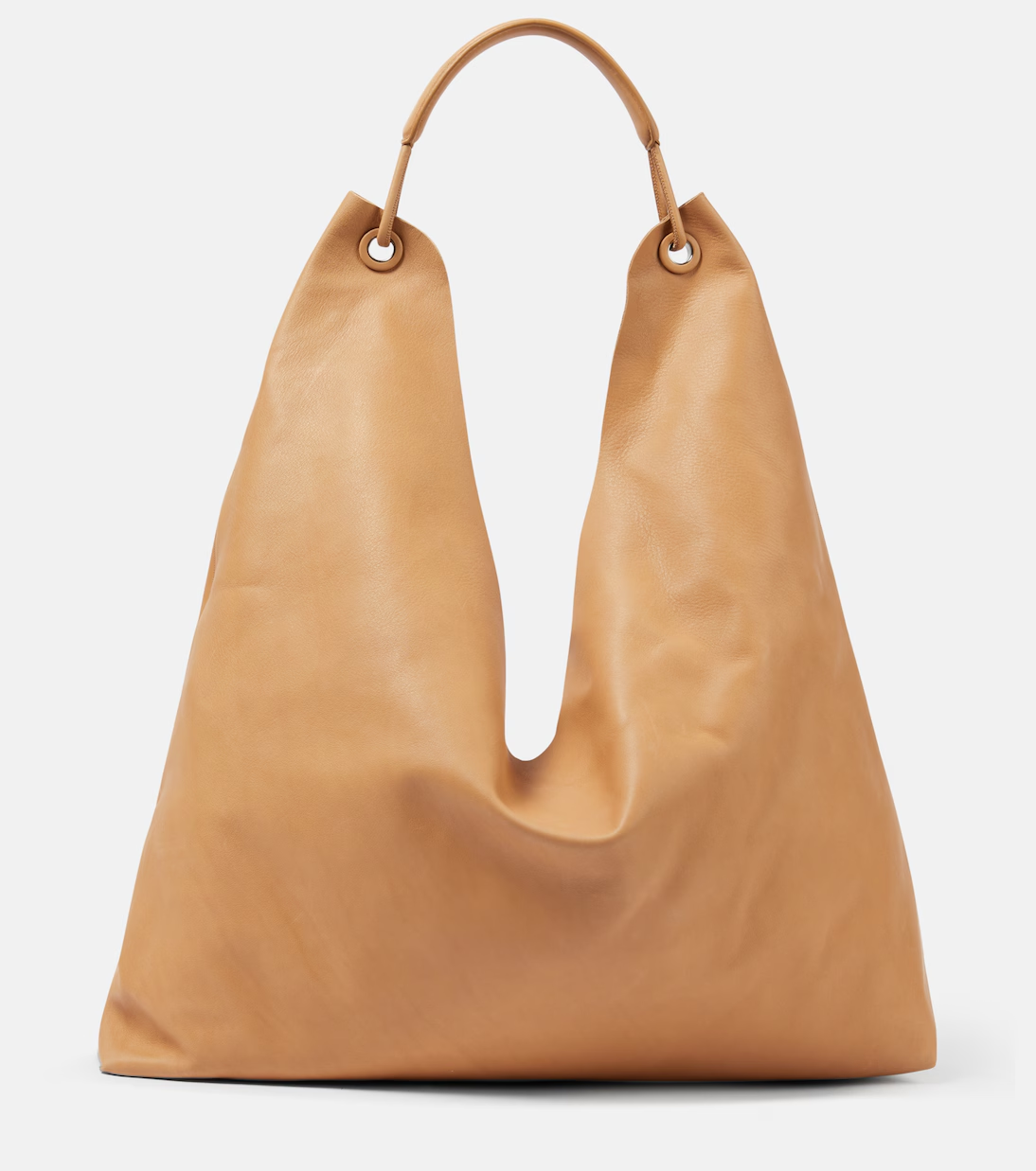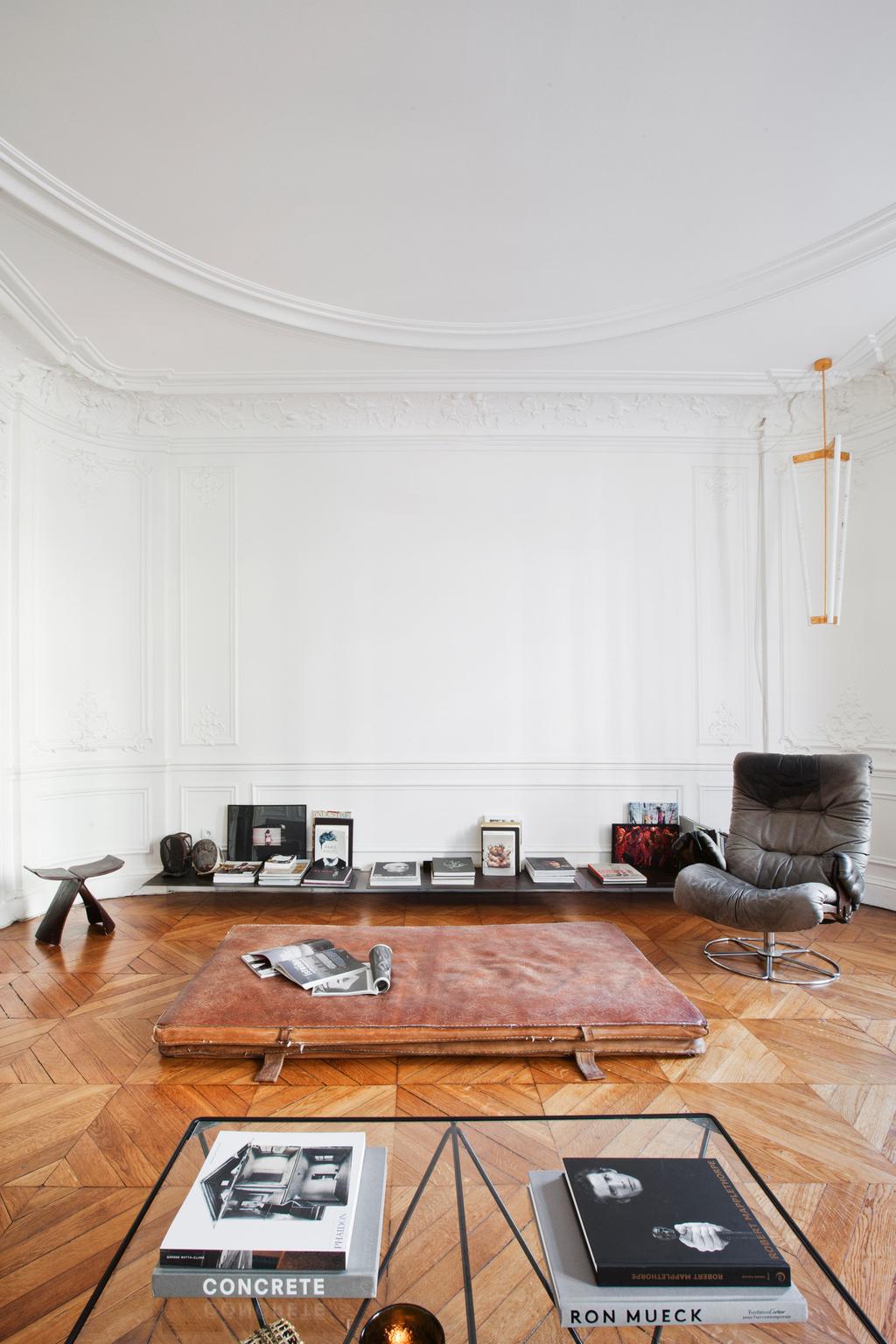
IT MAY SEEM unconventional at first to choose this range of colors in springtime, when others are opting for shades of green and daffodil. However, when you consider the muddy fields and the still bare branches awaiting their new leaves, this colour palette seems more fitting than any other, save for the pinks reminiscent of magnolias and cherry blossoms.
Brown, a hue deeply rooted in the natural world, has been a staple in fashion for centuries. Throughout history, it has been closely tied to notions of earthiness, stability, and reliability. In ancient times, the rich brown dyes were derived from organic sources like bark, roots, and leaves, making it an ideal choice for clothing that could easily hide stains and dirt. During the Victorian era, brown became fashionable as a symbol of modesty and simplicity, often seen in tailored suits and outerwear. As the 20th century unfolded, the colured gained popularity in various fashion movements, including the bohemian styles of the 1960s and the earthy tones of the 1970s.
Burgundy, also known as maroon or wine red, is a regal hue that traces its roots to the renowned Burgundy region of France, celebrated for its exquisite red wines. Historically, this deep, sumptuous shade gained prominence during the Renaissance era, often used in elaborate garments worn by aristocrats and wealthy merchants. During the 20th century, this sophisticated colour gained widespread popularity for evening wear, lending an air of elegance to cocktail dresses and formal attire.
Oxblood is a deep, dark shade of red with hints of brown and purple, resembling the colour of dried blood. The term “oxblood” originated from the colour of oxidized blood, commonly seen in leather goods such as shoes and bags. In fashion, oxblood gained traction during the 1920s and 1930s, particularly in men’s footwear, when oxblood leather shoes were considered stylish and refined. The colour experienced a resurgence in popularity during the 1990s, with designers incorporating it into their collections for its edgy yet sophisticated vibe.


















From the earthy, grounding hues of brown to the rich, regal tones of burgundy and the deep, enigma of oxblood, these colours have woven a tapestry throughout fashion’s history. Rooted in the natural world and imbued with symbolic meanings, they have adorned the garments of nobles and commoners alike, transcending eras and styles. Whether embracing the bohemian spirit of the 1960s or the sophisticated elegance of evening wear, these shades have enduring appeal, offering a timeless canvas for self-expression and sartorial storytelling. As fashion continues to evolve, these earthy hues will remain a stylish palette, reminding us of our eternal connection to the rhythms of nature and the enduring power of colour to evoke emotion and ignite the imagination.




